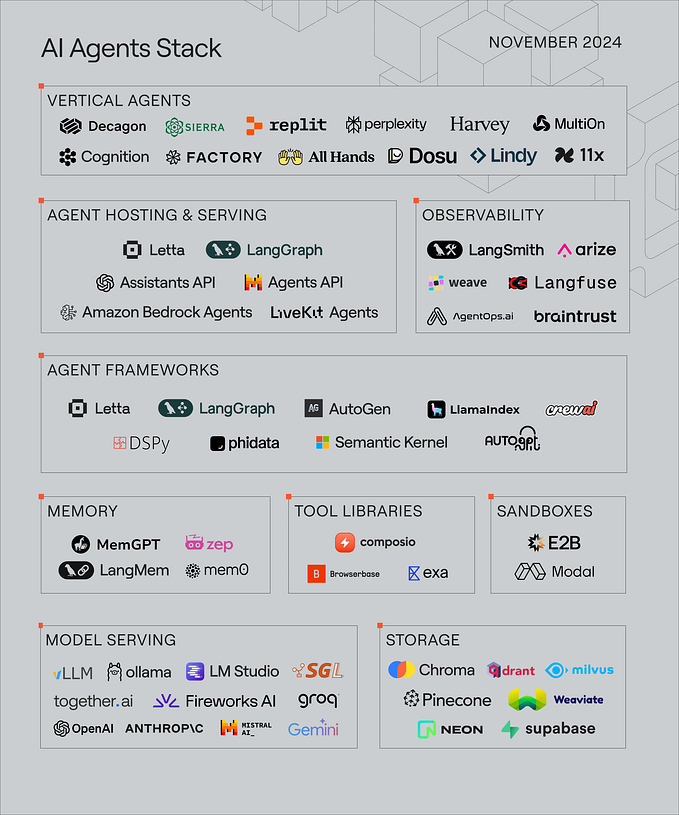Prompt Design: A Comprehensive Guide

In the field of natural language processing (NLP), prompt design plays a crucial role in shaping the behavior and output of language models. Crafting effective prompts is essential for obtaining desirable results and maximizing the model’s capabilities. In this article, we will explore the fundamentals of prompt design, discuss various strategies, and provide code snippets with corresponding outputs to illustrate their usage.
Understanding Prompts
A prompt is a textual input provided to a language model to elicit a specific response or perform a particular task. It serves as an instruction or context for the model to generate meaningful output. Crafting a well-designed prompt involves considering factors such as clarity, specificity, and desired outcome.
Contextual Prompts
Contextual prompts provide the model with relevant information or context to generate coherent responses. For instance, when generating a story continuation, including the preceding story segment as part of the prompt ensures continuity. Here’s an example using OpenAI’s GPT-3 API:
import openai
prompt = "Once upon a time, in a faraway land, there was a brave knight."
completion = openai.Completion.create(
engine="text-davinci-003",
prompt=prompt,
max_tokens=50
)
output = completion.choices[0].text.strip()
print(output)Once upon a time, in a faraway land, there was a brave knight.
He embarked on a quest to rescue the captured princess from the
clutches of an evil sorcerer. With his trusty sword in hand,
he ventured into the treacherous forest, ready to face any danger
that lay ahead.Instructional Prompts
Instructional prompts explicitly guide the model to perform specific tasks. By providing clear instructions, we can shape the model’s behavior to generate desired outcomes. Let’s see an example of generating a Python code snippet using the python engine:
import openai
prompt = "Write a Python function to calculate the factorial of a given number."
completion = openai.Completion.create(
engine="python",
prompt=prompt,
max_tokens=50
)
output = completion.choices[0].text.strip()
print(output)def factorial(n):
if n == 0 or n == 1:
return 1
else:
return n * factorial(n - 1)System Prompts
System prompts are initial instructions or statements provided to the model to influence its behavior. They help set the context and guide the model’s responses. System prompts are particularly useful in chat-based applications. Here’s an example of a chat conversation using the gpt-3.5-turbo engine:
import openai
def chat_with_model(prompt):
completion = openai.Completion.create(
engine="gpt-3.5-turbo",
prompt=prompt,
max_tokens=50
)
return completion.choices[0].text.strip()
user_prompt = "Tell me a joke."
system_prompt = "You are an AI assistant designed to entertain."
chat_prompt = system_prompt + "\nUser: " + user_prompt + "\nAI:"
output = chat_with_model(chat_prompt)
print(output)Why don't scientists trust atoms? Because they make up everything!Providing Examples
When working with language models, providing explicit examples can enhance their understanding of desired behaviors. By including both positive and negative examples, we can guide the model’s responses more effectively. Let’s consider an example of instructing a model to summarize text using the t5-base model:
import openai
prompt = "Summarize the following news article:\n
Title: Recent Advances in AI\nContent: ..."
completion = openai.Completion.create(
engine="text-davinci-003",
prompt=prompt,
max_tokens=100
)
output = completion.choices[0].text.strip()
print(output)Recent advances in AI have revolutionized various industries.
With deep learning techniques and powerful models, AI has made
significant progress in natural language processing, computer vision,
and speech recognition. These advancements have paved the way for new
applications and possibilities, shaping the future of technology.Conclusion
In this article, we explored the importance of prompt design in NLP applications. We discussed different types of prompts, including contextual, instructional, and system prompts, along with their implementation using OpenAI’s API. By carefully crafting prompts and leveraging strategies like providing context, instructions, and examples, we can harness the full potential of language models and achieve desired outcomes.






